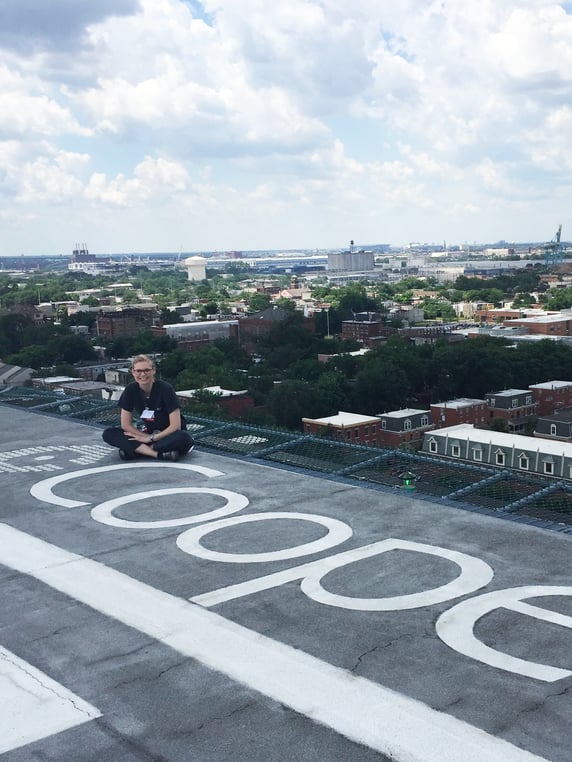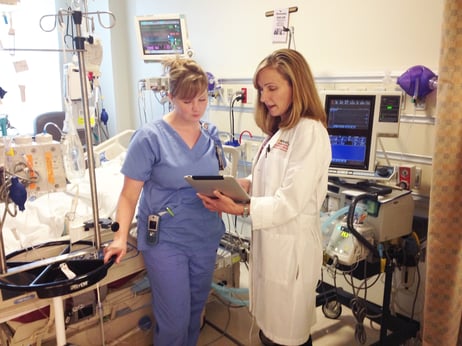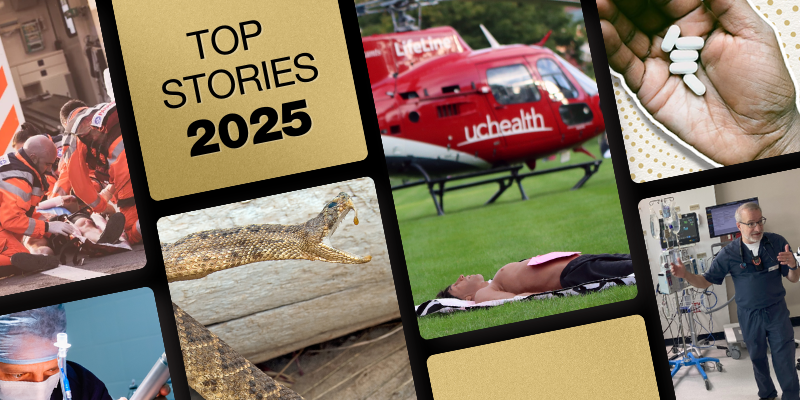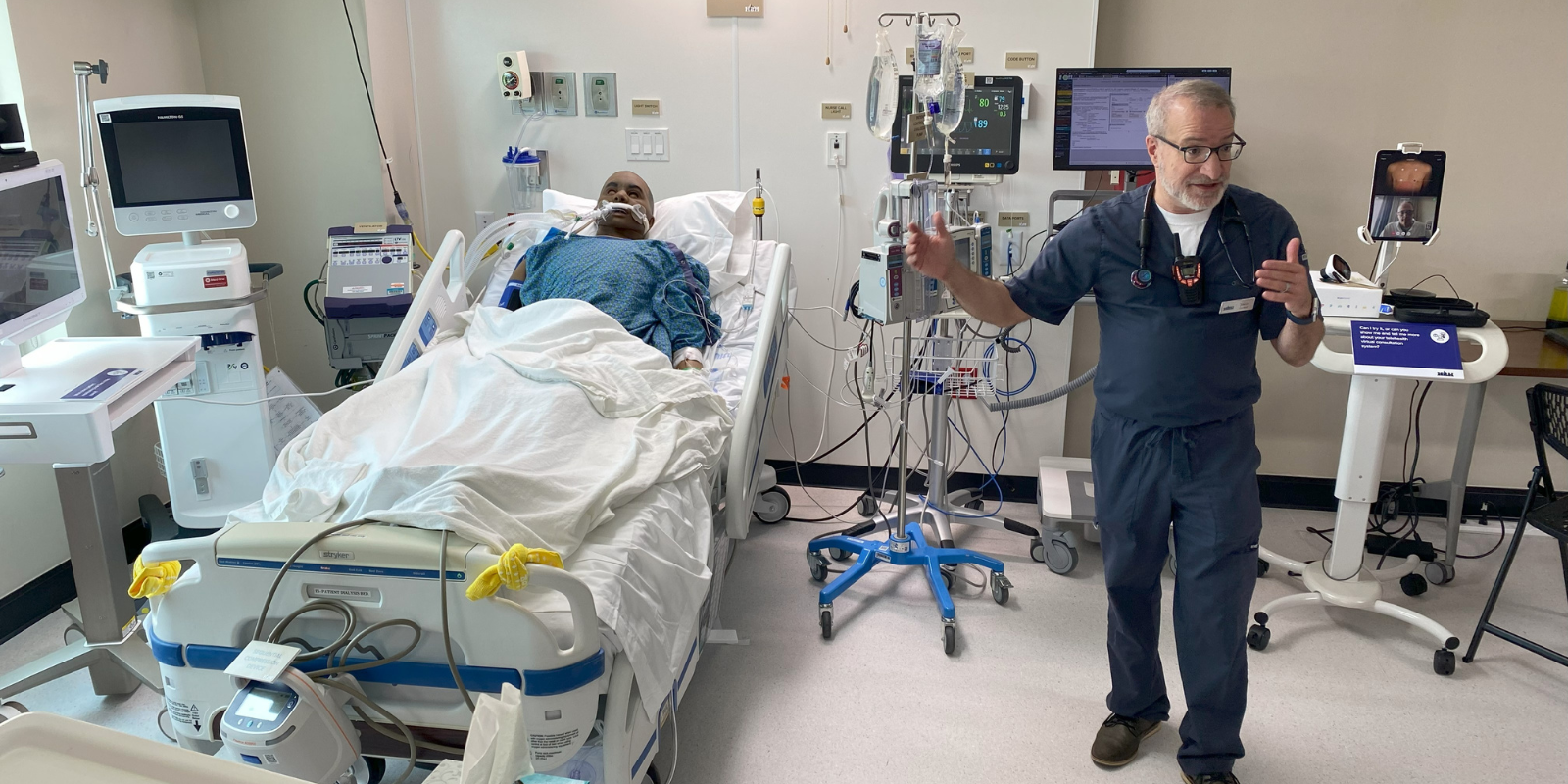While critical care, a sub-specialty of emergency medicine, remains a male-dominated field, a team of women physicians at the University of Colorado School of Medicine are hoping to close the gender gap through their leadership.
Four faculty members in the CU Department of Emergency Medicine, who have clinical appointments at UCHealth University of Colorado Hospital (UCH), all come from diverse career backgrounds that have led them to their current leadership roles within their respective intensive care units (ICUs).
|
For Women’s History Month, we spoke with each physician to learn about their leadership story, experience, and outlook on the future of critical care.
Beginnings in critical care
Wallis was set on becoming a doctor at an early age and found her love for emergency medicine when she worked as a medical scribe prior to medical school.
“I wasn't very interested in the other routes for critical care; you can be a surgeon, neurologist, or pulmonologist and work in critical care, but I loved emergency medicine,” Wallis says. “I was very passionate about working on the front line, treating anything urgently in the short term. In critical care, you see a lot of very sick patients, but you also get to see incredible turnarounds for those patients sometimes, too.”
Wallis now leads educational and mentorship initiatives for both the emergency medicine and anesthesiology residency programs. She started a new curriculum for mechanical circulatory support, which includes extracorporeal membrane oxygenation.
Like Wallis, Winkle shares the connection to education and mentorship. “I came to the CU School of Medicine to seek a leadership role in the anesthesia critical care medicine fellowship,” she says. “For many years, I heard people all around the country say they’ve never gotten to work with an emergency-medicine-trained critical care physician, and the fellowship is a nice opportunity to improve that.”
Hoffman initially started at CU as assistant fellowship director of critical care. She then took on the role of medical director of the emergency department at Vanderbilt, gaining operational skills, and returned to CU and is now medical director of the emergency department at UCH.
“I learned so many operational skills at Vanderbilt and was fortunate enough to have the opportunity to come back and fill the role as medical director here,” she says.
Mayer, who leads the MICU and teaches on the approach to difficult airways, discovered her interest in critical care during and after her residency in emergency medicine. She worked as an emergency physician for five years before pursuing a fellowship in critical care. Her first job in Denver was in a community ICU, while also working shifts in the emergency department at UCH. Mayer’s heart was set on getting an opportunity to work in the MICU at UCH.
“I would pick up overnight shifts at UCH in addition to my other job, hoping to get my foot in the door,” she says. After nearly a year of picking up night shifts, Mayer was asked to take more shifts, this time with the opportunity to work during the day, which was her goal all along.

Mayer during her critical care fellowship sitting on the helipad at Cooper University Hospital in Camden, NJ.
Leadership in critical care
In 2021, when Mayer was working full time at UCH, she earned a major opportunity to take over as interim director for the MICU. With the COVID-19 Omicron variant spreading, Mayer was wary of what the leadership opportunity would entail.
“From a medical perspective, it was challenging, to say the least,” she says. “It was a heavy lift with most critically ill COVID-19 patients needing care in the MICU. My focus was solely on how to get all the patients cared for and to focus on survival for not only our patients, but our team. My role was to create a plan of action.”
In 2022, Mayer was officially appointed medical director of the MICU with a focus on patient safety and quality of care.
Mayer shifted her leadership style throughout the pandemic based on the needs of the medical community and her team. She says she’s grateful for the opportunity to have been on the frontlines during the pandemic working alongside her colleagues to hear their concerns.
“That shared experience of knowing what other people were feeling led to my communication style, which is an open-door policy,” she says. “If you have suggestions, I’m very willing to expand my own thoughts and try new things. If something wasn’t working, we would pivot and try something different. Being willing to approach the problem and hear from others was helpful.”
Although she serves a challenging leadership role, Hoffman proudly refers to herself as the “mother of the emergency department.”
“I really want to make it a place where people feel safe, people feel supported, and can take great care of patients,” she says.
Though balancing clinical, educational, mentorship, and leadership roles as an emergency medicine faculty member is a juggling act with limited time, Hoffman sees greater opportunity for teams to work together on improvements.
“There are always improvements that need made in the emergency department,” she shares, “but we work in great teams to get things across the finish line. My leadership philosophy is to support the well-being of my staff and colleagues so that they can do their job well. I get in there and I work hard to be on the ground with my people. I’m hands-on.”
Growing and supporting the community
Hoffman shares how a close-knit community of women plays a part in her success as medical director.
“My female mentors have allowed me to be successful in stepping into the role of medical director and put a different spin on it, as the previous few medical directors were men,” she says. “All four of us are mothers. Being a mom has made me better at my job. We are leaders, moms, and doctors, but having people to support you makes this like no other place to work.”
Winkle, who shares time in the emergency department and STICU, emphasizes the importance of recruiting more emergency medicine physicians, mentoring those who want to follow similar career paths, and growing the community. As a physician with more than 19 years of experience, she says she is happy to have seen the field of critical care grow from 100 in 2008 to over 600 people now.
“When I worked in Virginia, a group of trauma surgeons served as my mentors and gave me opportunities for critical care focused leadership roles in the hospital,” she explains. This led to her to participate in national organizations. She was the first emergency physician to become chairman of the board for the American College of Critical Care Medicine. She has since served many roles in the Society of Critical Care Medicine and worked with the American Board of Emergency Medicine to get emergency medicine physicians board-certified in critical care.
Winkle is wrapping up a new version of a paper she published in 2008 assessing the current field and leadership positions of physicians in critical care. She hopes it will spotlight what kind of opportunities exist and pave the career pathway for a new generation of emergency physicians.

Winkle working with a nurse in the STICU.
Unity for quality care
A clear, common thread among Hoffman, Mayer, Wallis, and Winkle is their passion for working on the frontline and staying united as a team of ICU physicians. In total, the five ICU’s at UCH cover more than 75% of critical care patients.
“Lots of patients don’t fall cleanly into one ICU,” Mayer explains. “We are currently trying to collaborate to streamline care for patients with multiple medical conditions. Leadership is about formulating a smooth-running team who works well together. When you work with a team who is passionate about improving care, it's special. I get that from my nursing and physician colleagues.”
“We all really care about the patients and the departments we serve,” Hoffman echoes. “I think the opportunity to work clinically helps us to really understand the needs of our patients and staff.”
Hoffman is currently guiding the entire emergency department staff through a program within CU’s Institute for Healthcare Quality, Safety and Efficiency, which she believes will help with efficiency on the frontline.
“One of my favorite parts about this job is that we have a really great group of women that support each other and who are all leaders in different ways,” Winkle says. “We acknowledge and appreciate the way these dual roles work because the scheduling and contracts can get complicated. One of the reasons we have these unique opportunities is because we have leadership in our department that advocate for us as equal members of each department.”



